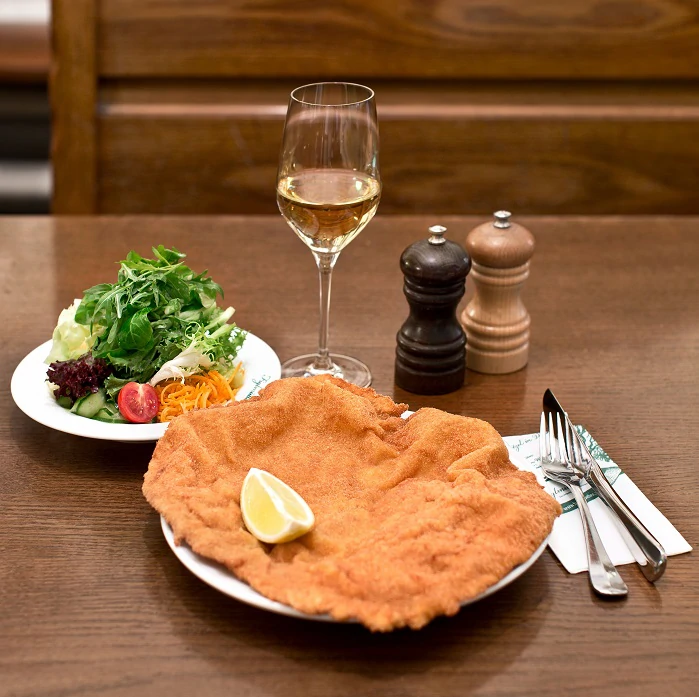What does the word Fiaker mean and where does it come from? How old is the tradition of the Fiaker in Vienna? How many hackney carriage entrepreneurs are there nowadays? When does the Viennese like to sit down in a Fiaker? We can look back on around 30 years of hackney carriage history in Vienna. Fiakers are to Vienna what gondolas are to Venice. The hackney carriage consists of three parts: Horses, carriage and coachman. The term “Fiaker” originally comes from the French, as the first stand for hired carriages was located in the Rue de Saint Fiacre in Paris. These were first used by a merchant as early as 1662 . However, they were named after the Irish monk Fiacrius, whose picture was on the outside wall of the local inn. St. Fiacrius was given heavenly patronage over this new profession. The first horse-drawn carriage license was issued in Vienna around 30 years later. Around 1720 the carriages were renamed Fiaker and numbered consecutively. Of these, they were called Janschky wagons, named after the carriage entrepreneur Joseph Janschky. In the 19th century there were already about 1,000 hackney carriages. Many coachmen were also singers, e.g. Josef Bratfisch, the body faker of Crown Prince Rudolf. Fiakers always had to be discreet and were also secretly booked for so-called “china drives” . This was a careful ride, as if guiding porcelain. Lady and gentleman thus had the opportunity to enjoy themselves in the closed cabin. Since World War I, hackney carriages have been hired in Vienna mainly for sightseeing tours (international guests) Prater visits (popular for confirmations) and special occasions (e.g. weddings) by locals. The first female coachmen have existed since 1984. The prices for the round trips are set by the city of Vienna. Traditional dress is also regulated by law. Since 1998, a driving test has been required in Vienna in order to work as a hackney carriage driver. Today there are around 40 hackney carriage companies with 200 hackney carriages in Vienna. Many of these carriages are now over 100 years old. To get more impression about old carriages or about the whole fleet of the Habsburg dynasty, we recommend you to visit the Carriage Museum next to the Schönbrunn Palace. There is even a Fiaker coffee among the 40 or so Viennese coffee specialties . This is a drink that consists of half black coffee and half whipped cream and is refined with rum . There are several hackney carriage stands in Vienna , e.g. at Albertinaplatz, Michaelerplatz, Stephansplatz, Petersplatz and Burgtheater/Volksgarten. For a short tour (approx. 20 minutes) through the city center, you can expect to pay around €55, while a long tour (approx. 40 minutes) also includes the Ringstrasse and will add €80 to your travel budget. Four people fit in a carriage, so you can easily share the cost. Individual tours can also be booked. The Central Cemetery can also be explored by Fiaker as in imperial times. Meanwhile, there are also guided tours to the stables to learn more about the horses, the Fiaker and their profession. For those who want something more elegant and with dinner, we recommend the Riding Dinner www.ridingdinner.com Time Travel Tip: Right next to Time Travel , you can board a horse-drawn carriage either at Michaelerplatz or Petersplatz and get to know Vienna in an imperial way.
Image source:
https://commons.wikimedia.org/wiki/File:Fiaker_2005.jpg?uselang=de



